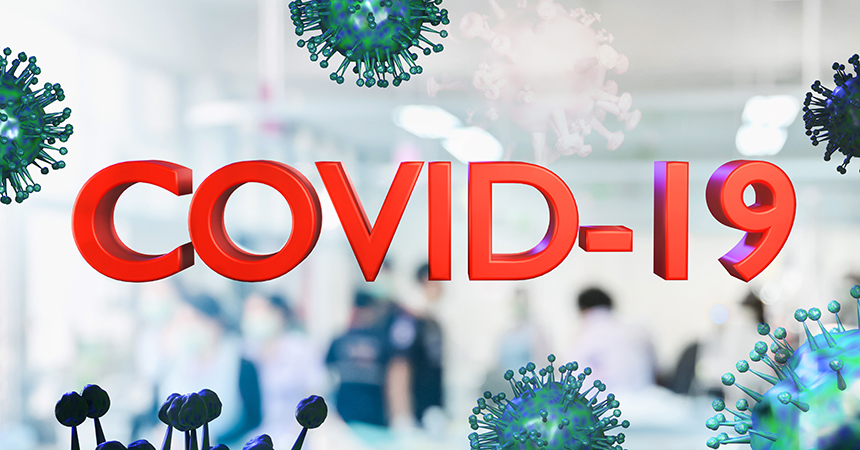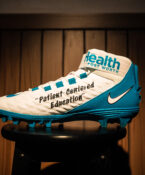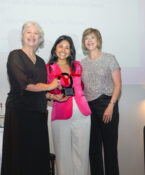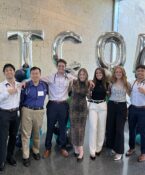Providers face challenges as COVID-19 puts strains on healthcare system
Arthur Mora, PhD, MHA, and his wife are concerned.
With two young daughters ages 5 and 3 at home and a new baby on the way in just a few short weeks, the HSC School of Public Health Chair of Health Behavior and Health Systems says he and his wife are closely monitoring the COVID-19 pandemic and the resulting strain on the healthcare system.
“Right now, we are doing everything we can to follow the guidance for keeping our family safe and well,” Dr. Mora said. “But a real concern for us, as with many other families like us, is the dwindling availability of hospital beds and resources as Texas and other states battle the spread of this virus and its devastating effects.”
Health workers on the front lines of care have also been hit hard by the disease, seriously impacting staffing. Physicians, nurses, EMTs and others have become ill or forced to self-quarantine after COVID-19 exposure.
In the U.S. and other countries, thousands of retired healthcare workers are being called back to duty. Just days ago the Texas Governor’s Office took action for more support by approving certain categories of final-year nursing students and new graduates to onboard right away.
“Respirators are in short supply, as are hospital beds and intensive care space. In certain heavily impacted areas,” Dr. Mora said. “Workers are running out of masks and other protective equipment, resulting in adoption of CDC-recommended critical capacity measures. During the most critical of shortages like this, healthcare providers may be forced to substitute homemade masks such as bandannas or scarves as a last resort if needed.
“Elective hospitalizations have been cancelled and individuals with non-urgent medical needs are being asked to stay home and consult their personal providers, with the priority right now focused on treating COVID-19 patients and stopping further spread of the disease.”
During the aftermath of Hurricane Katrina in 2005, Dr. Mora was working and caring for an ailing father in Southeast Louisiana and experienced firsthand how quickly health systems can become overwhelmed during crisis situations. That’s when alternative care settings may be introduced, such as tents, trailers, or as is currently the case with COVID-19, with Navy hospital ships deployed to assist at key locations like New York City and the West Coast
Intensive care services typically run at about 70% occupancy during normal times, Dr. Mora said, so it doesn’t take long to fill the remaining beds in a crisis that is growing at such a rapid rate as COVID-19.
“Lower-risk patients with unrelated medical conditions could also be moved to outlying facilities like smaller rural hospitals for their care,” he said. “All of these are emergency strategies that can be employed when demand surges and suddenly exceeds capacity.”
Telemedicine services are increasing as safe stay-at-home measures. And individual provider offices are rescheduling non-urgent appointments, giving patients the option to remain in their car rather than sit in waiting rooms for necessary visits, and requesting that patients come alone to their appointments.
The most important thing citizens can do, Dr. Mora said, is follow the guidance provided by their providers, public health officials, those leading the crisis response teams and reliable resources like the CDC website.
For the Moras, with still weeks to go until their mid-April due date, the outlook is less than comforting. But they’re doing their best to manage the circumstances at hand.
They have also been challenged with developing a plan that considers out-of-state grandparents and other family members who want to be of help when the baby arrives.
“We are having some tough conversations right now because everyone wants to be here,” Dr. Mora said. “As parents, we have an obligation to protect our children, and we also want to keep our own parents and relatives as safe as possible. That means limiting our exposure to stay healthy for others we will come in contact with, including the healthcare providers who will be there for us very soon.
“It’s a challenge for everyone right now, and public health authorities are warning that the COVID-19 epidemic is not expected to resolve very soon,” he added. “At this point, we are all just doing our best and dealing with it day by day.”







Social media